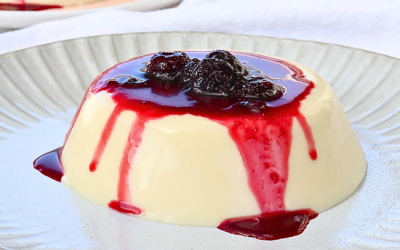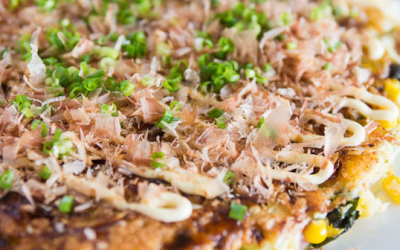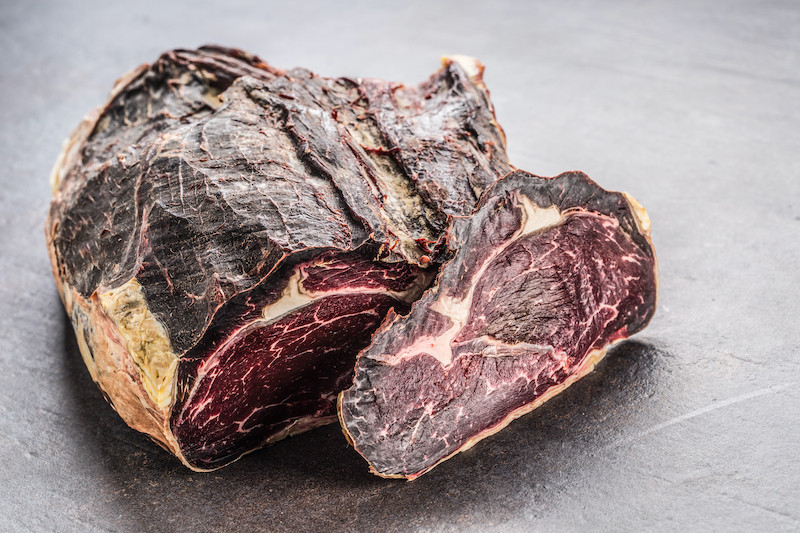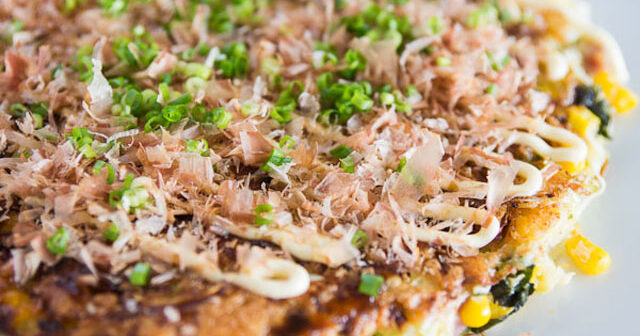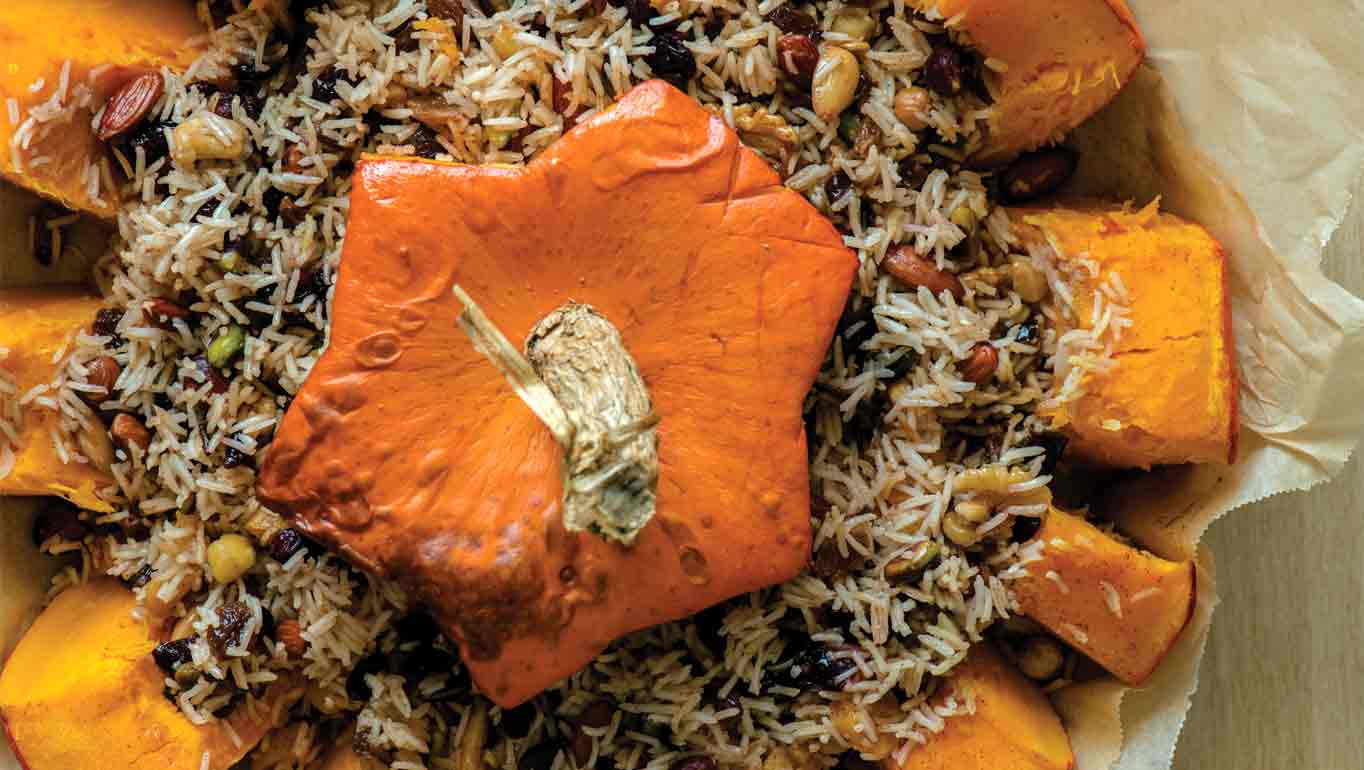lagourmandinerhumerie.com – In the world of luxury beef, Wagyu already reigns supreme — all melt-in-your-mouth marbling and buttery bliss. But some chefs, clearly bored with normal greatness, decided to go further. They took Wagyu, introduced it to mold, and waited. What came out of that experiment isn’t rot — it’s alchemy.
Mold-aging is a rare and delicate process that uses koji mold (Aspergillus oryzae), the same fungus behind sake, soy sauce, and miso. It sounds risky because, well, it is. The chef deliberately cultivates this edible mold on slabs of premium Wagyu under carefully controlled humidity and temperature. It’s not your grandma’s forgotten steak in the back of the fridge — this is fermentation done with surgical precision.
As the mold grows, it releases enzymes that start breaking down the beef’s proteins and fats. What happens next is culinary magic: amino acids deepen, umami explodes, and the fat takes on a creamy, nutty sweetness. Over several weeks, the outer surface becomes coated in a white, velvety crust. Inside, the meat transforms into something so tender it practically sighs when you cut it.
Flavor-wise, mold-aged Wagyu is richer and more complex than dry-aged beef. The taste isn’t just “meaty” — it’s layered: a mix of soy caramel, fermented butter, and roasted nuts, with a faint whisper of miso funk that makes chefs lose their minds. It’s the kind of flavor that doesn’t punch you; it hypnotizes you.
Of course, this level of madness doesn’t come cheap. You’re dealing with Wagyu — already expensive — and adding weeks of monitored aging where one small slip in temperature can ruin everything. That’s why only a few high-end Japanese and experimental Western restaurants serve it. Every slice is a triumph of patience, control, and courage.
Mold-aged Wagyu challenges the line between decay and perfection. It’s the art of trusting nature to flirt with ruin — and somehow deliver divinity on a plate. For the untrained eye, it looks like a spoiled steak. For those who understand it, it’s proof that sometimes, beauty really does bloom in the mold.




